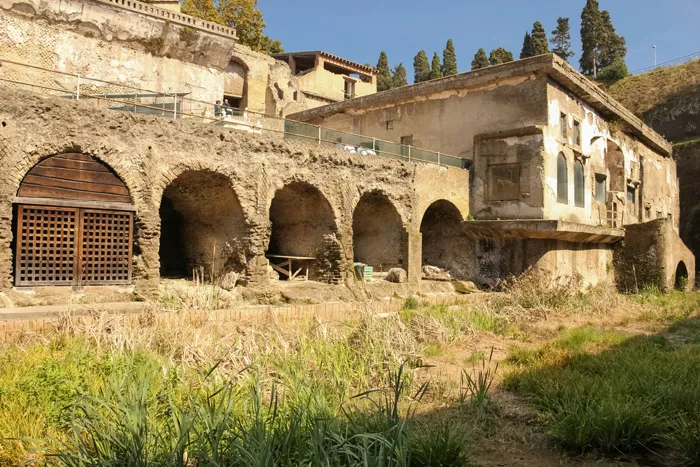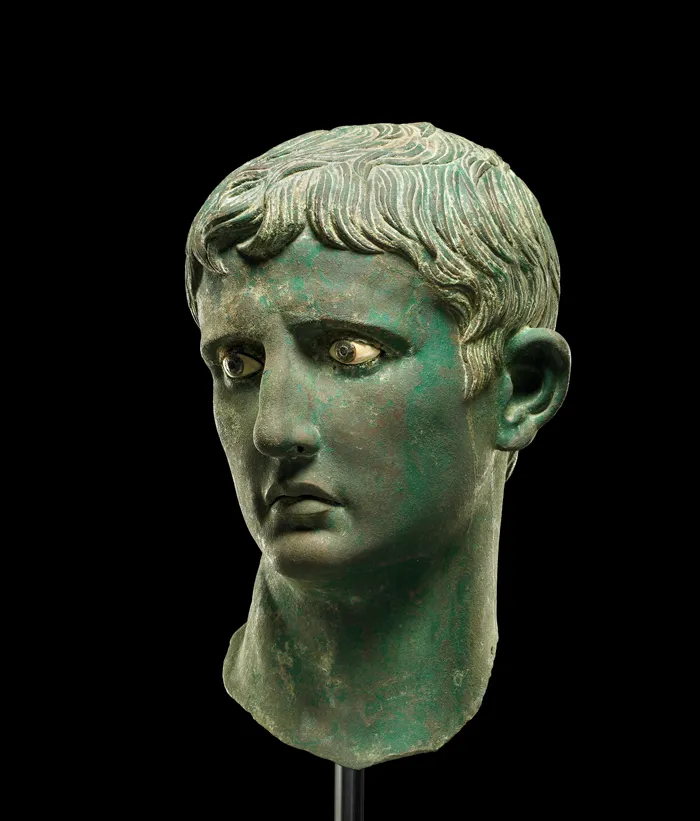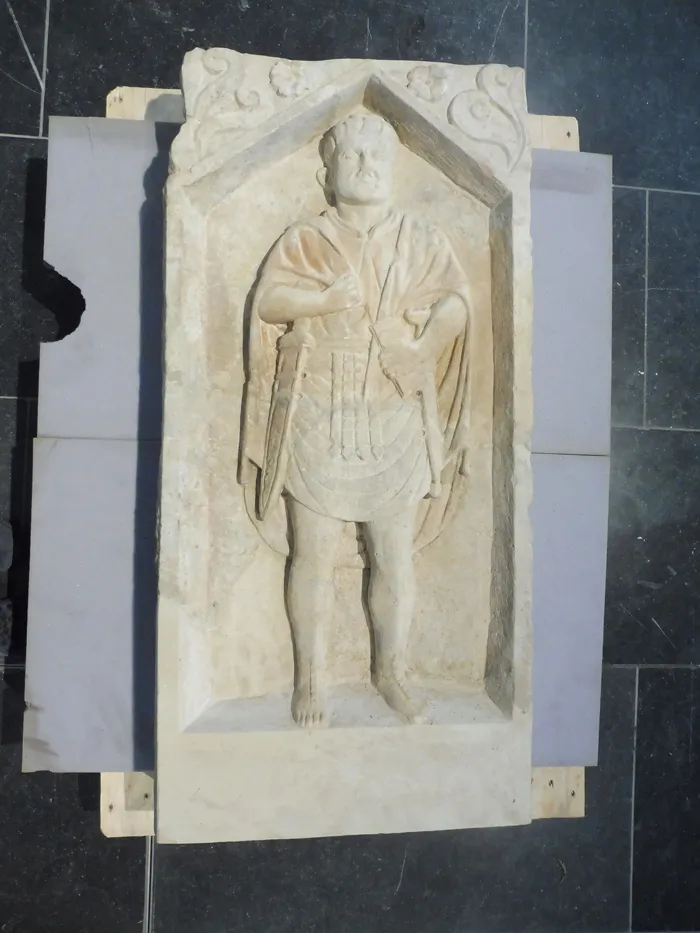From Soldiers to Citizens: Duty and Service in the Empire
The Reality of Military Service
Rome’s military is renowned as one of the finest fighting forces of the ancient world. But what was life really like for the individuals who became career soldiers? How did they navigate the dangers of battle, the hardships of service, and the promise of eventual citizenship? Archaeological discoveries and historical records shed light on these questions, offering a glimpse into the daily lives of those who fought for Rome.
A Soldier’s Final Moments in Herculaneum
One such soldier, likely in his 40s and nearing retirement, found himself caught in an evacuation attempt as Mount Vesuvius erupted in AD 79. If he had enlisted around the age of 18, he was just a year or two away from being discharged after the standard 25-26 years of service. If he was not yet a Roman citizen, retirement would have granted him this status along with its many privileges.

The presence of a naval launch on the beach raises questions about his role. Was he a marine from the fleet at Misenum, where Pliny the Elder commanded a failed rescue mission? Or had he been stationed in Herculaneum as a shipwright, his carpentry tools suggesting a secondary skill set? Among his possessions were 87 denarii—nearly a year’s wages for an auxiliary soldier—sparking theories about whether he had gathered them honestly or through bribes during the chaotic evacuation.

The Roman Army as a Path to Citizenship
The role of Roman soldiers extended far beyond combat. The army also functioned as a mechanism for social mobility, granting non-citizen recruits a chance to earn Roman citizenship upon retirement. This practice became prominent under Emperor Augustus, who structured the military into two halves: Roman citizens serving in the legions and non-citizen provincials in auxiliary units. During Emperor Claudius’ reign, retiring auxiliary soldiers began receiving citizenship, formalized in a bronze diploma that conferred extensive legal and financial privileges.
The earliest known example of such a diploma, dating to AD 52, belonged to a marine named Sparticus, originally from Thrace. His newfound status placed him among an elite group, as only 20% of the empire’s population held citizenship. This incentive made military service an attractive option for non-citizens, transforming the army into a system for mass-producing Roman citizens. This process continued until AD 212, when Emperor Caracalla granted citizenship to all freeborn inhabitants of the empire, changing the army’s role significantly.

Voices from the Past: Letters from Roman Soldiers
Beyond their duties, soldiers left behind personal letters that reveal their thoughts, struggles, and aspirations. The Vindolanda tablets from Britain, along with papyri from Egypt, provide firsthand accounts of their lives.
One such letter, written by a marine named Apollinarius to his mother, poignantly reassures her: “I beg you, mother, to look after yourself and don’t worry about me, for I have come to a fine place.” His words reflect both his concern for family and the awe of arriving in Rome, the heart of the empire.

A third correspondent, Claudius Terentianus, left behind an extensive archive of letters. Initially, he sought to join the legions but was rejected due to poor references, forcing him into the lower-paid auxiliary marines. His letters detail a miserable existence—he was bullied, robbed, and subjected to constant disputes. In one letter, he lamented that his superior “paid no more attention to me than a sponge on a stick”—a reference to the Roman equivalent of toilet paper. Eventually, through bribes and influence, he secured a transfer to a legion, achieving his goal after much hardship.

The Legacy of Rome’s Soldiers
The Roman army was not just a war machine; it was a social institution that shaped the empire. It offered a path to advancement, citizenship, and economic stability, but it also demanded immense sacrifice. From the desperate final moments on the beach at Herculaneum to the personal struggles of soldiers seeking a better life, the stories of Rome’s military men reveal a complex and often brutal reality. Their letters and artifacts serve as enduring testaments to the resilience, ambition, and humanity of those who fought for Rome.


